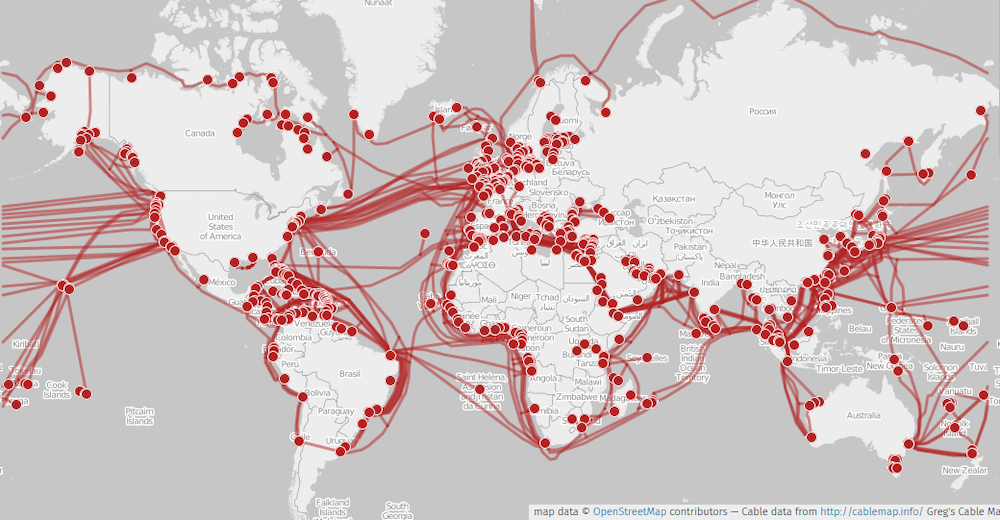How the Internet travels across the Oceans
It's so familiar to read live news or talk to people on the other side of the world with one click. So let's find out how it's possible to transmit a massive amount of information around the globe in the blink of an eye.

How global is the global Internet
It’s certain that the majority of the world’s population uses the Internet in some form, whether for work, school, or leisure. The Internet has become an essential part of our lives. According to current statistics, there were almost 4.6 billion active Internet users worldwide in January 2021 – 59.5% of the world’s population.
Projections are that there will be 6 billion Internet users by the end of 2022 (75% of the projected world population) – and more than 7.5 billion Internet users by 2030 (90% of the projected world population).
Most of us use the Internet primarily through Wi-Fi and phone data plans. But the “backbone” of the Internet is a network of fiber optic cables. It’s the information superhighway that connects the world’s online computer networks between continents and landmasses.

The other popular way of global data transmission is through satellites. Although both fiber optic cables and communications satellites were developed in the 1960s, satellites have a double problem: latency and bit loss. Sending and receiving signals to and from space takes time. Meanwhile, researchers have developed optical fibers that can transmit information at 99.7 percent of the speed of light. Cables are the fastest, most efficient, and cheapest way to transfer information across the ocean. More than 95 percent of the world’s communications are carried by cable (the rest is transmitted by satellite).
Today, some 380 submarine cables are in operation worldwide, covering more than 1.2 million kilometers (nearly 750,000 miles). Antarctica is the only continent without a physical connection to the network. The continent relies on satellites which is no small problem given the important and data-intensive nature of climate research. Today, research stations in Antarctica produce more data than they can transmit over space.
Undersea cables are the invisible force driving the modern Internet. Many of them have been funded in recent years by Internet giants Facebook, Google, Microsoft, and Amazon.
Let’s find out how the undersea cable network works.
How the network of cables is arranged
The first undersea cable was laid by a ship called the Great Eastern, which was the largest ship in its day. It was a telegraph cable laid between Ireland and Newfoundland in 1858.

The cable was a success and remained in service for over 20 years. It’s estimated that about 3 million messages were sent over the cable before it failed in 1866. The Great Eastern laid several other cables, including one between England and France that was laid in 1851.

By 1900, there were over 130,000 miles (200,000 km) of telegraph cables running across the ocean floor.
The first transatlantic telephone cables were put into service in 1956, and 32 years later the first fiber optic cable connected Europe and America.
Today, they’ve evolved into technical marvels. Each cable contains fiber threads wrapped in steel armor, insulation, and a plastic coat.
